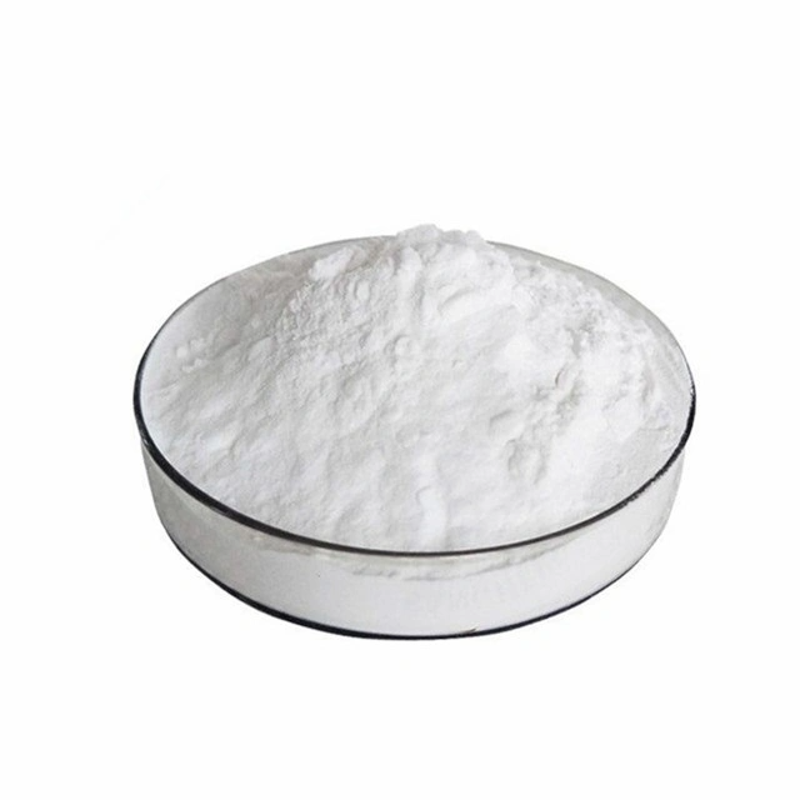-
Categories
-
Pharmaceutical Intermediates
-
Active Pharmaceutical Ingredients
-
Food Additives
- Industrial Coatings
- Agrochemicals
- Dyes and Pigments
- Surfactant
- Flavors and Fragrances
- Chemical Reagents
- Catalyst and Auxiliary
- Natural Products
- Inorganic Chemistry
-
Organic Chemistry
-
Biochemical Engineering
- Analytical Chemistry
- Cosmetic Ingredient
-
Pharmaceutical Intermediates
Promotion
ECHEMI Mall
Wholesale
Weekly Price
Exhibition
News
-
Trade Service
Ref: Dhall SS, et alCurry2018 Jun 1;82 (6): 870-876Doi: 10.1093/neuros/nyx320.)body-induced potential (somatosensoroked, SSEP) and motion-induced potential (motor evokeds, MEP) are widely used in spinal cord injury surgeryResearch is also under way to diagnose traumatic spinal cord injury and predict prognosis with SSEP and MEPSanjay SDhall of the University of California Neurosurgery and others conducted retrospective studies of acute SCI patients admitted to primary trauma centers from January 2005 to December 2011 in an attempt to clarify the value of MEP monitoring in acute SCI patients to prognosis of injury and their correlation with early MRI imagingThe results were published in the June 2018 issue of the journal Currythe study included 32 patients with acute spinal cord injury who used electrophysiological monitoring in surgery to assess the severity of SCI before and after surgery through the American Association for Spinal Cord Injury Association's injury score, surgery-related data, steroid use, and early performance of MRI32 patients were 22-86 years old, with an average age of 57.4 years, and were divided into groups according to the 4-level score of AIS: 12 cases in Group A, 5 cases in Group B, 6 cases in Group C, and 9 cases in Group DAll patients were surgically rejuveitated under decompression, supplemented by MEP monitoringhad a higher AIS rating when discharged from hospital than patients who did not record MEPSevere SCI patients with AIS grades A, B and C increased their postoperative AIS scores by an average of 1.5 grades after surgery in people who induced MEPs, while those who did not induce MEPs increased their AIS scores by only 0.5 grades on average (Table 1)table 1Prognosis for patients with 4 AIS gradesthe authors used a score from the Brain and Spinal Cord Injury Center (BASIC) to assess changes in MRI imaging before and after surgery Those who did not record MEPs had a higher BASIC score than those who recorded MEPs, indicating a large difference in PERFORMANCE on MRI images, indicating poor recovery concluded that the study revealed for the first time the correlation between electrophysiological monitoring data and acute spinal cord injury severity and MRI imaging, suggesting that an attempt could be made to predict neurorecovery in patients by detecting acute SCI-MEP (Ruijin Hospital, affiliated with Shanghai Jiaotong University School of Medicine
Coka compiled, Fudan University affiliated Huashan Hospital , Dr Shou Jiajun , "Outside Information" editor-in-chief, Fudan University affiliated Huashan Hospital
Professor Chen Guancheng ) related links







